In children with cirrhosis, liver ultrasound with or without serum alphafetoprotein (AFP) testing every 6 months is recommended for HCC surveillance per AASLD guidelines (Marrero, 18) A baseline endoscopy is advisable to detect esophageal varices in children with cirrhosis and every 3 years thereafter in the absence of viral clearanceValidation of the AASLD recommendations for classification of oesophageal varices in clinical practice Liver Int Apr;40(4) doi /liv Epub 19 Dec 8Noninvasive tests are increasingly being used to improve thediagnosis and prognostication of chronic liver diseases across aetiologies Herein, we provide the latest update to the EASL Clinical Practice Guidelines on the use of noninvasive tests for the evaluation of liver disease severity and prognosis, focusing on the topics for which relevant evidence has been published in the last 5

Easl Clinical Practice Guidelines For The Management Of Patients With Decompensated Cirrhosis Journal Of Hepatology
Aasld guidelines varices
Aasld guidelines varices- aasld guidelines varices apasl conference 18 apasl 19 manilaeasl guidelines 18 apasl 18 aclf guidelines aarc aclf score apasl guidelines hepatitis b 18 Washington/Harborview Medical Center, Seattle, WA, USA; Based on current AASLD guidelines, you can either band or start the patient on NSBBs (Nonselective Beta Blockers) My goal is to explain how NSBBs work, and hopefully be able to convince you to choose NSBB over banding You are not wrong if you band the varices, however I'm going to advocate for NSBBs Here is why
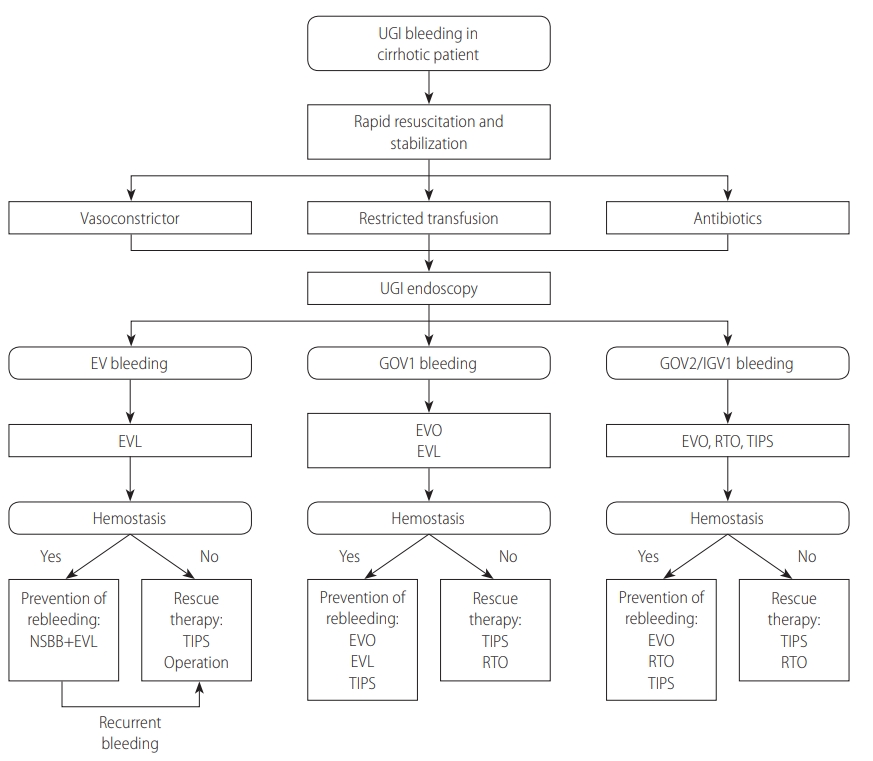



Kasl Clinical Practice Guidelines For Liver Cirrhosis Varices Hepatic Encephalopathy And Related Complications
Learn more about our remote access options Volume 46, Issue 3 † Potential Conflict of Interest Nothing to Report All AASLD practice guidelines are updated annuallyEsophageal varices have an HVPG of at least 1012 mm Hg15,24 Gastroesophageal varices are present in approximately 50% of patients with cirrhosis Their presence correlates withtheseverityofliverdisease(Table2);whileonly40% of Child A patients have varices, they are present in 85% of Child C patients25 Patients with primary biliary cirGuidelines development process A panel of hepatologists with a great interest in decompensated cirrhosis, approved by the EASL Governing Board, wrote and discussed this CPG between March 17 and February 18 The guidelines were independently peer reviewed, and all contributors to the CPG disclosed their conflicts of interest
Top tips Patients with compensated cirrhosis and fibroscan based liver stiffness 150,000, do not need endoscopy to screen for varices All patients with a suspected variceal bleed should receive antibiotic prophylaxis (ceftriaxone, 1 g iv daily for 7 days or until discharge whichever occurs sooner);Practice guidelines for the diagnosis and treatment of gastroesophageal variceal hemorrhage, endorsed by the American Association for the Study of Liver Diseases (AASLD), American College of Gastroenterology (ACG), American Gastroenterological Association (AGA), and American Society of Gastrointestinal Endoscopy (ASGE), were published in 1997 (5) This guideline has been approved by the American Association for the Study of Liver Diseases and the American College of Gastroenterology and represents the position of both associations Preamble These recommendations provide a datasupported approach to the management of patients with varices and variceal hemorrhage
AASLD Practice Guidelines Prevention and management of gastroesophageal varices and variceal hemorrhage in cirrhosisSld Practice Guideline Management Of Hepatocellular Portal Hypertensive Bleeding In Cirrhosis Risk Screening For Varices And Prevention Of Bleeding Core ConceptsVarices type2 (GEV2) that extend beyond the cardia EVBL or EIS with tissue adhesive can be used in bleeding from Gastroesophageal Varices type1 (GEV1) Guidelines,9 OMGE Guidelines,10AASLD,11 Baveno,12 PSG Guidelines06,13,
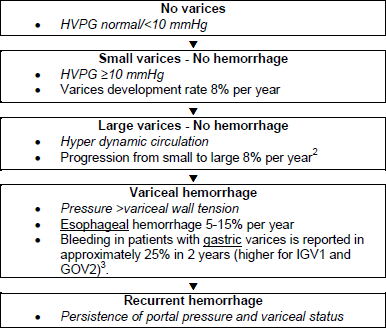



English World Gastroenterology Organisation




Hepatic Encephalopathy 18 A Clinical Practice Guideline By The Italian Association For The Study Of The Liver Aisf Digestive And Liver Disease
Baveno V and AASLD guidelines recommend that NSBBs should be used for primary prophylaxis in patients with small varices who are judged to be at increased risk of bleeding, ie those that have redsign at initial endoscopy or who are ChildPugh C 16, 38In patients with medium/large varices that have not bled but have a high risk of hemorrhage (Child B/C or variceal red wale markings on endoscopy), nonselective  blockers (propranololAASLD Practice Guidelines Evaluation of the patient for liver transplantation Hepatology 05;




Kelly Warren Burak Calgary Liver Unit Approach To The Prophylaxis Of Esophageal Varices In Cirrhotics Based On sld Acg Guidelines Http T Co 2ilw4ycwkd




Kasl Clinical Practice Guidelines For Liver Cirrhosis Varices Hepatic Encephalopathy And Related Complications
Primary Biliary Cholangitis (PBC) is an update of the PBC guidelines published in 09 The 18 updated guidance on PBC includes updates on etiology and diagnosis, role of imaging, clinical manifestations, and treatment of PBC since 09 The AASLD 18 PBC Guidance provides a dataThe latter has been validated as a predictor of variceal haemorrhage and is recommended by the AASLD clinical practice guidelines 7 The subjective nature of differentiating (a) no varices from small varices and (b) small varices from non‐small varices remains a challengeIn compliance with the 07 AASLD/ACG PG (Supple Patient characteristics are shown in Table 1 mentary Appendix A), effective screening required that patients have their screening endoscopy within 6 months of their initial Compliance With Practice Guidelines visit to a hepatologist;
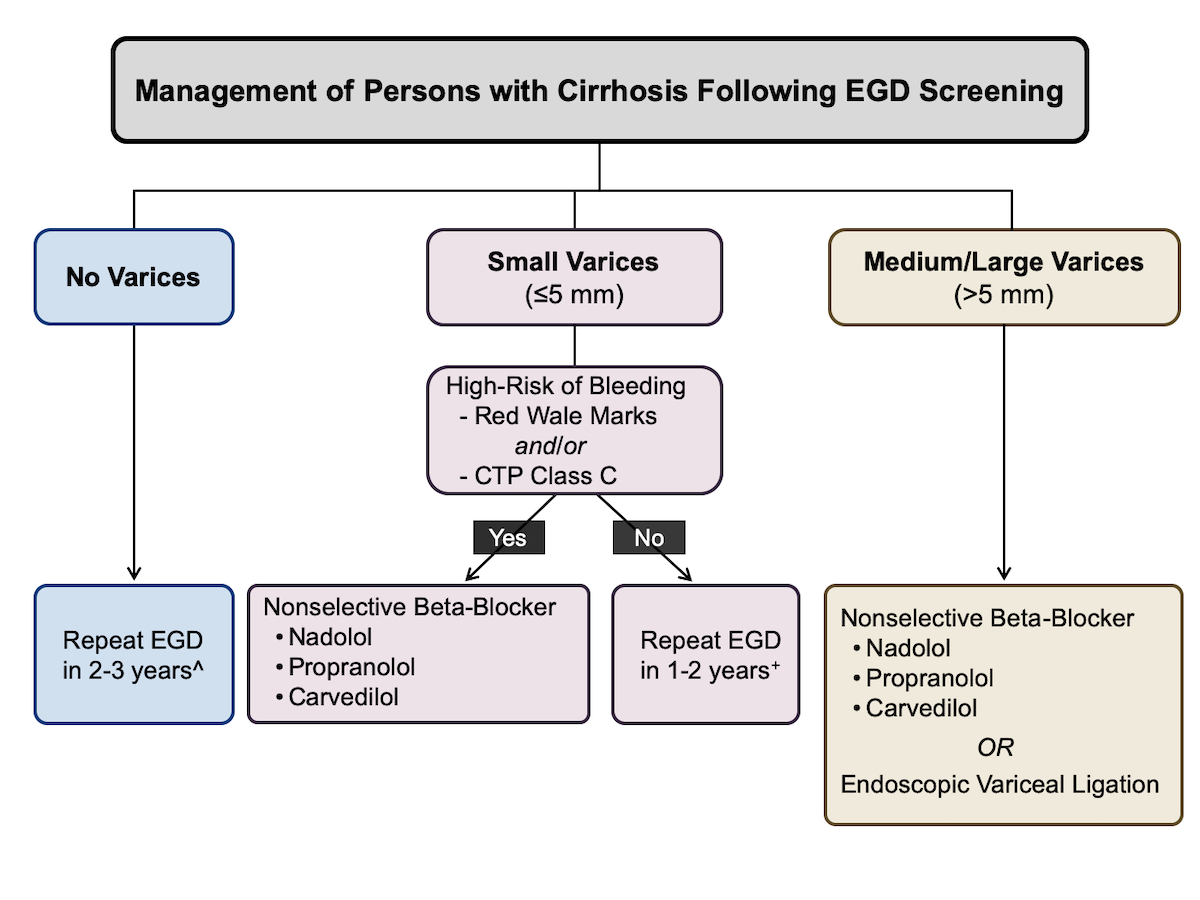



Screening For Varices And Prevention Of Bleeding Core Concepts




Baveno Vi Criteria And Spleen Stiffness Measurement Rule Out High Risk Varices In Virally Suppressed Hbv Related Cirrhosis Journal Of Hepatology
After a variceal bleed, prevention of rebleeding includes a Chen H, Liu L, Qi X, et al ; The American Association for the Study of Liver Disease (AASLD) jointly with the American College of Gastroenterology (ACG) recently published practice guidelines (PG) (Supplementary Appendix A) that recommend screening and intervention for high risk EV 5 In 19 the North Italian Endoscopy Club (NIEC) defined high risk varices as a composite measure of 3




Adherence To sld Guidelines For The Treatment Of Hepatocellular Carcinoma In Clinical Practice Experience Of The Bologna Liver Oncology Group Digestive And Liver Disease



1
EASL Guidelines 10 Evaluate bone mineral density in patients with cirrhosis, cholestatic liver disease, and prior to LT AASLD & EASL Guidelines oOsteoporosis is found in up to 30% of patients with cirrhosis oBone mass diminishes in the first 3 months after LT •Fracture risk is elevated for up to 2 years following LT oCalcium and vitamin DPractice guidelines for the diagnosis and treatment of gastroesophageal VH were published in 07, endorsed by the American Association for the Study of Liver Diseases (AASLD), American College of Gastroenterology, American Gastroenterological Association, and American Society of Gastrointestinal Endoscopy (ASGE)(1) Since then, a number of ran We recommend endoscopic screening for varices and starting or optimizing prophylaxis of bleeding with nonselective betablockers or endoscopic band ligation in patients with large esophageal and/or gastric varices before starting AT 19, TIPS may be indicated in patients developing thrombosis progression on AT or complications related to AT such as major bleeding




Pdf sld Clinical Practice Guidelines A Critical Review Of Scientific Evidence And Evolving Recommendations




Compliance With Practice Guidelines And Risk Of A First Esophageal Variceal Hemorrhage In Patients With Cirrhosis Clinical Gastroenterology And Hepatology
14Weill Cornell Medical into the APASL ACLF Research Consortium (AARC) were analyzedEsophageal varices treatment guidelines aasld Working off campus?Background Recent guidelines from an AASLD Single Topic Symposium suggest that patients with cirrhosis, including those with primary biliary cirrhosis (PBC) or primary sclerosing cholangitis (PSC), should be screened for oesophageal varices when the platelet count is



Www sld Org Sites Default Files 19 06 Autoimmunehepatitis10 Pdf




Diagnostic Algorithm For Hepatocellular Carcinoma Of American Download Scientific Diagram
Core Concepts Screening For Varices And Prevention Of sld Practice Guidelines Diagnosis And Management Of Diagnosis And Management Of Hemochromatosis 11 Practice P2338 Adherence To Screening Primary Prophylaxis And Understanding And Implementing The sld S Hbv Practice 10 Important Liver Care Questions And 10 Brilliant AnswersSld Guidelines Sbp Prophylaxis Spontaneous bacterial peritonitis (sbp) rebel em emergency medicine blog cirrhosis and its complications liver 2/2 (etoh aih type1 or type 2 nafld wilsons hemochromatosis etc) treatment of patients with (supplement) nejm 16 clinical stage 1 (compensated/no varices) time‐sensitive interventions in hospitalized easl practice guidelinesPractice Guidelines AASLD practice guidelines are developed by a panel of experts AASLD develops evidencebased practice guidelines and practice guidances which are updated regularly by a committee of hepatology experts and include recommendations of preferred approaches to the diagnostic, therapeutic, and preventive aspects of care




One World One Pandemic Many Guidelines Management Of Liver Diseases During Covid 19 Gut



1
Variceal hemorrhage is a lifethreatening complication of cirrhosis and is one of the clinical complications that defines cirrhosis decompensation The goal of screening and surveillance of varices is to identify patients with GEV at a high risk of bleeding, so that prevention strategies can be implementedJohn B Wong, MD US Food and Drug Administration USING, SEARCHING, AND PRINTING GUIDELINES This document was designed for use on a variety of devices using Adobe Acrobat Reader® Smaller screens should be held horizontally ;Charles D Howell, MD Available at Lewis JH, Stine JG




Hemostasis Bleeding And Thrombosis In Liver Disease
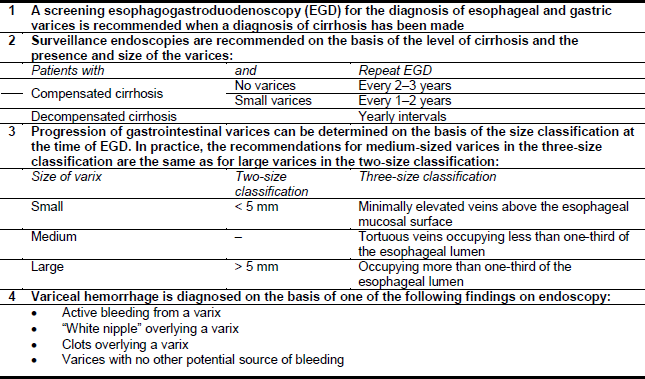



English World Gastroenterology Organisation
Patients should be placed on a noncardio Screening for varices was accomplished in 169 cases selectiveGuidelines Pediatric luminal Crohn's disease Take Quiz IBD and postdischarge venous thromboembolism Take Quiz Crohn's disease flares and red meat intake Take Quiz IBD and effectiveness of herpes zoster vaccine Take Quiz AGA Guideline Treatment of mild to moderate ulcerative colitis, Part 1 Take QuizEsophageal varices treatment guidelines aasld AASLD's practice guidelines are developed by an expert panel AASLD develops evidencebased practice guidelines and practice guidelines that are regularly updated by a committee of hepatology experts and include recommendations for preferred approaches to diagnostic, therapeutic and preventive aspects of care




Endoscopic Management Of Oesophageal And Gastric Varices Intechopen




Diagnosis And Management Of Wilsons Disease Richa Shukla
AASLD PRACTICE GUIDELINES Prevention and Management of GastroesophagealThis guideline has been approved by the American Association for the Study of Liver Diseases (AASLD) and represents the position of the Association 1 Preamble Clinical practice guidelines are defined as ''systematically developed statements to assist practitioner and patient decisions about appropriate heath care for speMedium and Large Esophageal Varices The 16 AASLD practice guidance on Portal Hypertensive Bleeding in Cirrhosis classifies medium and large varices in the same category for variceal bleeding prophylaxis recommendations3 The medium/large category of varices consists of varices greater than 5 mm in size that typically have a more prominent and
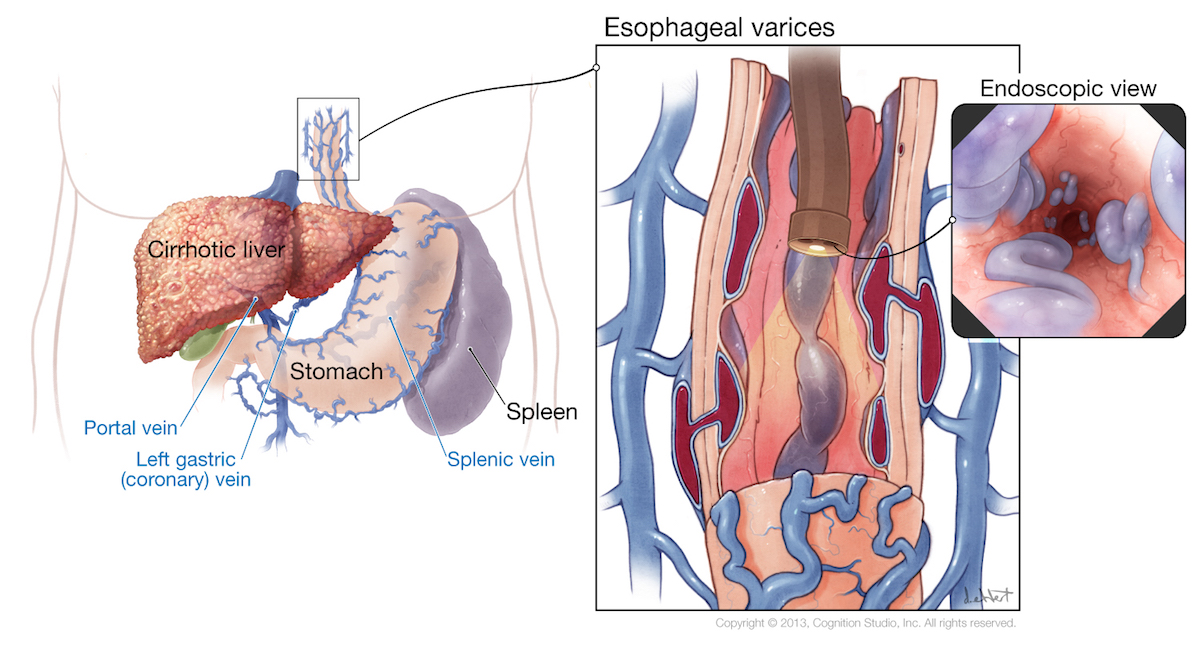



Screening For Varices And Prevention Of Bleeding Core Concepts




The Baveno Vi Criteria For Predicting Esophageal Varices Validation In Real Life Practice
Liver Diseases (AASLD) 18 Practice Guidance on Primary Biliary Cholangitis (PBC) is an update of the PBC guidelines published in 09 The 18 updated guidance on PBC includes updates on etiology and diagnosis, role of imaging, clinical manifestations, and treatment of PBC since 09 The AASLD 18 PBC Guidance provides a datasupported Practice guidelines for the diagnosis and treatment of gastroesophageal VH were published in 07, endorsed by the American Association for the Study of Liver Diseases (AASLD), American College of Gastroenterology, American Gastroenterological Association, and American Society of Gastrointestinal Endoscopy (ASGE) 1 Since then, a number of randomized,Prevention and management of gastroesophageal varices and variceal hemorrhage in cirrhosis Prevention and management of gastroesophageal varices and variceal hemorrhage in cirrhosis Hepatology 07 Sep;46(3) doi /hep Practice Guideline MeSH terms
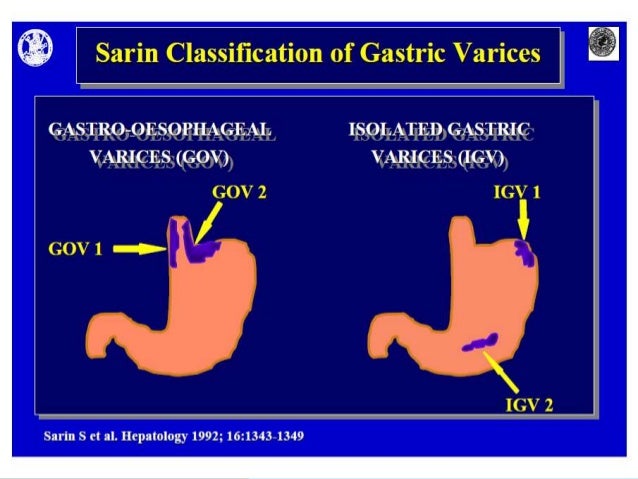



Oesophageal And Gastric Varices Classifications




Easl Clinical Practice Guidelines For The Management Of Patients With Decompensated Cirrhosis Journal Of Hepatology
AASLD PRACTICE GUIDELINE Management of Adult Patients with Ascites Due to Cirrhosis Update 12 © 12 The American Association for the Study of Liver Diseases, All rights reserved 4 CONTENTS RECOMMENDATIONS FULL TEXT REFERENCES WEB SITE 16 Liver transplantation should be considered in patients with cirrhosis and ascites (Class I, Level B) 17 Gastric varices are dilated submucosal collateral veins that develop in the setting of portal hypertension due to any etiology with or without cirrhosis1 Compared to esophageal varices, gastric varices are less common occurring in approximately % of cirrhotic patients However, gastric varices have a higher propensity to bleed severely and are often associated AASLD Offers New Practice Guidance New Practice Guidance covering the treatment of portal hypertensive bleeding in cirrhosis has been released by AASLD This evidencebased guidance was developed and will be updated regularly by a committee of experts and include guidance statements of preferred approaches to the diagnostic, therapeutic, and
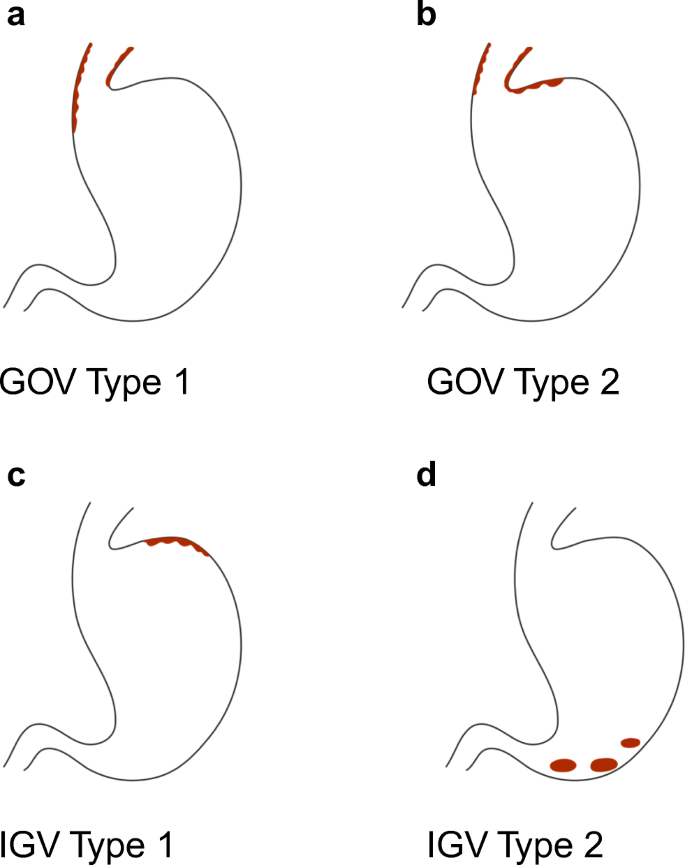



Esophageal Varices Primary Prophylaxis And Prevention And Management Of Rebleeding Springerlink




Management Gastrointestinal Bleeding Ppt Video Online Download
Screening For Varices And Prevention Of Bleeding Core Concepts Cirrhosis Management A Case Based Approach To Disease Portal Hypertensive Bleeding In Cirrhosis Risk sld Practice Guidelines Diagnosis And Management Of Hcv Guidance Recommendations ForStudy of Liver Diseases (AASLD) Practice Guideline "The Role of Transjugular Intrahepatic Portosystemic Shunt (TIPS) in the Management of Portal Hypertension" is now posted online at wwwaasldorg This is the first update of the original guideline published in 051 The key changes in the 09 guidelines are new rec According to American Association for the Study of Liver Diseases guidelines, either nonselective betablockers or VBL could be used in patients with a high risk of hemorrhage (ChildTurcottePugh class B or C or presence of red wales on varices;
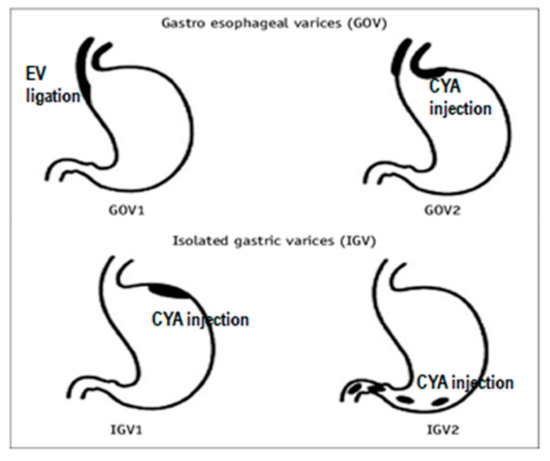



Medicina Free Full Text Current Approaches To The Treatment Of Gastric Varices Glue Coil Application Tips And Brto Html




New Frontiers In Liver Resection For Hepatocellular Carcinoma Sciencedirect
For patients who present with acute esophageal VH, the AASLD guidelines indicate the following{ref13} Conservative transfusion of packed red blood cell (PRBC) Starting toVarices and variceal hemorrhage are the complications of cirrhosis that result most directly from portal hypertension Patients with cirrhosis and gastroesophageal varices have an HVPG of at least 10–12 mmHg (15, 24) Gastroesophageal varices are These data support the use of both the 3‐grade and 2‐grade classification systems;
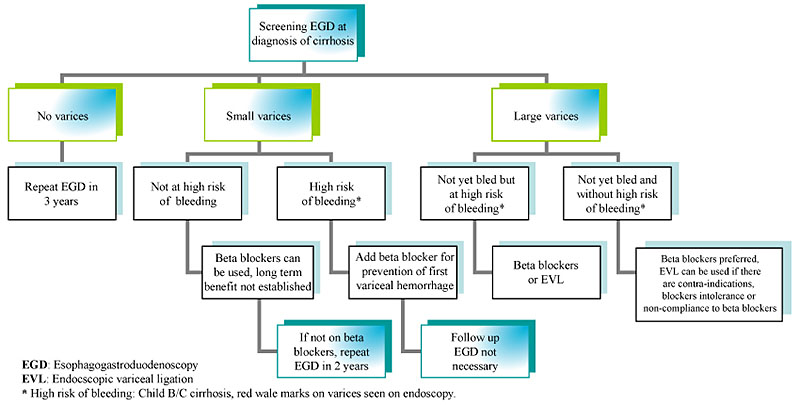



Variceal Hemorrhage Cleveland Clinic




Endoscopic Management Of Oesophageal And Gastric Varices Intechopen
Will have esophageal varices without endoscopy9 The mostrecentAmericanAssociationfortheStudyofLiverDisease (AASLD) and Baveno V consensus guidelines suggest thatallpatientswhohavebeendiagnosedwithcirrhosisundergo screening endoscopy to assess for esophageal and gastric varices10,11 If esophageal varices are




Understanding And Implementing The sld S Hbv Practice Guidelines Ppt Download




Ppt Management Gastrointestinal Bleeding Powerpoint Presentation Free Download Id
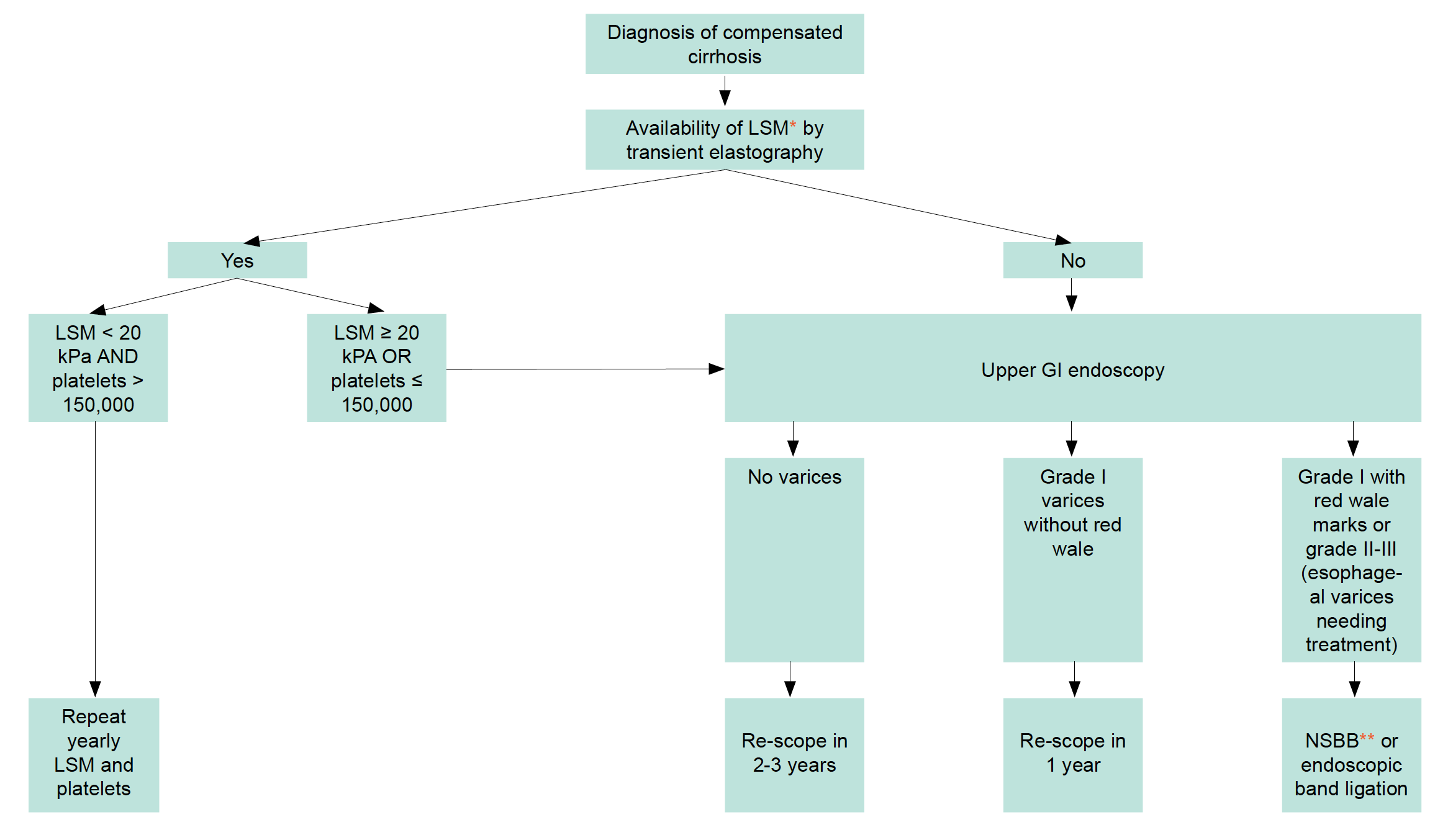



Liver Cirrhosis Classification Surveillance Eacs




Varices Surveillance Digestive Disease Dashboard




Portal Hypertensive Bleeding In Cirrhosis Risk Stratification Diagnosis And Management 16 Practice Guidance By The American Association For The Study Of Liver Diseases Garcia Tsao 17 Hepatology Wiley Online Library




Diagnosis Of Hepatocellular Carcinoma An Update On International Guidelines Sciencedirect




View Image



Varices Zoelin




Algorithm For Screening For Esophageal Varices And Primary Prophylaxis Download Scientific Diagram



Www sld Org Sites Default Files 19 10 sld Asge Endoscopycourse Sessioniii Pdf



Www sld Org Sites Default Files 19 06 Garcia Tsao Et Al 17 Hepatology Pdf



Cirrhosis And Its Complications Cirrhosis Liver 2 2 Etoh Aih Type1 Or Type 2 Nafld Wilsons Hemochromatosis Etc Treatment Of Patients With Cirrhosis Supplement Nejm 16 Clinical Stage Stage 1 Compensated No Varices Stage 2




Performance Of Baveno Vi And Expanded Baveno Vi Criteria For Excluding High Risk Varices In Patients With Chronic Liver Diseases A Systematic Review And Meta Analysis Sciencedirect
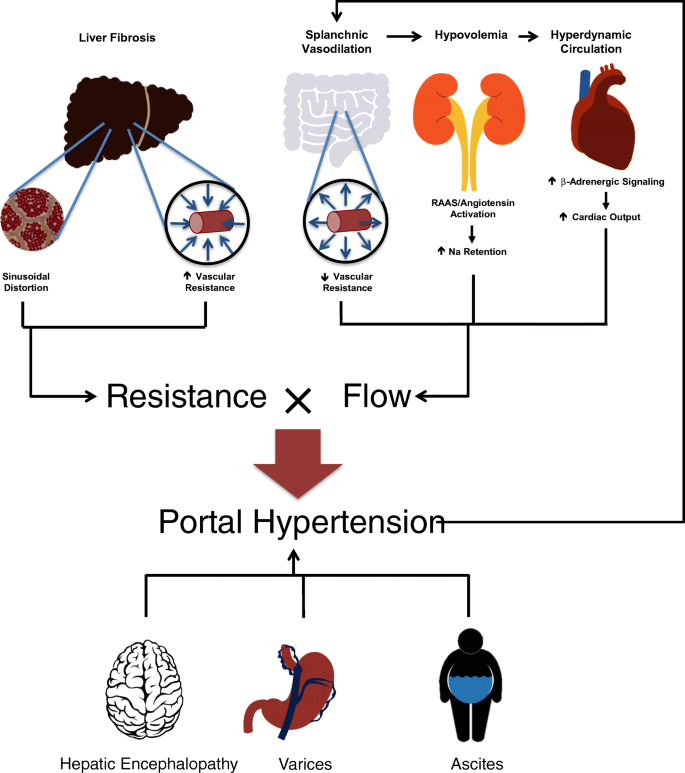



Esophageal Varices Primary Prophylaxis And Prevention And Management Of Rebleeding Springerlink




Con Noninvasive Modalities Are Preferred To Screen For The Diagnosis Of Esophageal And Gastric Varices When The Diagnosis Of Cirrhosis Is Made Abstract Europe Pmc




Dhiraj Tripathi Fs Platelet Criteria Needs More Validation Otherwise Like The Bsg Guidelines For Compensated Cirrhosis So Agree Decompensated Cirrhosis Treat All Size Varices Not Evidence Based Although Small Varices



Www Hepatitisc Uw Edu Pdf Management Cirrhosis Related Complications Varices Screening Prevention Bleeding Core Concept All




19 08 29 Role Of Nonselective Blockers In




Management Of Gastroesophageal Varices In Cirrhotic Patients Current Status And Future Directions Annals Of Hepatology




Summary Of Recommendations By Notable International Guidelines Guidance Download Scientific Diagram
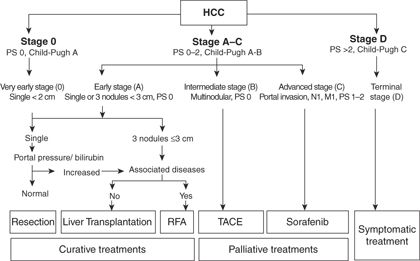



Hepatocellular Carcinoma Oncohema Key




Rebleeding And Mortality Risk Are Increased By Aclf But Reduced By Pre Emptive Tips Journal Of Hepatology



Www sld Org Sites Default Files 19 06 Garcia Tsao Et Al 17 Hepatology Pdf




An Update On The Management Of Acute Esophageal Variceal Bleeding Gastroenterologia Y Hepatologia




Validation Of The sld Recommendations For Classification Of Oesophageal Varices In Clinical Practice Fateen Liver International Wiley Online Library



sld Guidelines Varices



Www Idsociety Org Globalassets Idsa Topics Of Interest Emerging Clinical Issues sldguidelinehccupdate10 1 Pdf




Endoscopic Management Of Oesophageal And Gastric Varices Intechopen




Step By Step Managing The Complications Of Cirrhosis Hmer




Natural History And Management Of Esophagogastric Varices In Chronic Noncirrhotic Nontumoral Portal Vein Thrombosis Noronha Ferreira 16 Hepatology Wiley Online Library




Kelly Warren Burak Speaking On Varices Uofc Endo Skills Course This W E In Banff My Approach Based On sld Acg Guidelines Http T Co 66ijr4zjfc




Practice Guidelines sld




sld Guidelines Varices 17




The Baveno Vi Criteria For Predicting Esophageal Varices Validation In Real Life Practice



The Asian Pacific Association For The Study Of The Liver Apasl




Practice Guidelines sld




Primary Liver Cancer Hepatocellular Carcinoma And Cholangiocarinoma Patrick




Practice Guidelines sld




16 Updates To sld Guidance Document On Gastroesophageal Bleeding In Decompensated Cirrhosis The Hospitalist



Www Cghjournal Org Article S1542 3565 19 X Pdf



Cirrhosis And Its Complications Cirrhosis Liver 2 2 Etoh Aih Type1 Or Type 2 Nafld Wilsons Hemochromatosis Etc Treatment Of Patients With Cirrhosis Supplement Nejm 16 Clinical Stage Stage 1 Compensated No Varices Stage 2



1




Screening And Surveillance Of Varices In Patients With Cirrhosis Clinical Gastroenterology And Hepatology



Www Idsociety Org Globalassets Idsa Topics Of Interest Emerging Clinical Issues sldguidelinehccupdate10 1 Pdf



sld Guidelines Varices




Practice Guidelines sld



sld Guidelines Varices 17




19 08 29 Role Of Nonselective Blockers In



2




Management Of Refractory Cirrhotic Ascites Challenges And Solutions Hmer




Assessment Of Physicians Adherence To The Guidelines For The Management Of Gastroesophageal Varices Among Patients With Liver Cirrhosis In Upper Egypt Abdo Ef Alsayed Hasanain Af Kamal Gm J Curr Med




sld Practice Guidelines Prevention And Management Of Gastroesophageal Varices And Variceal Hemorrhage In Cirrhosis Pdf Free Download




Schematic Showing The Recommendations From Major International Download Scientific Diagram



2




Step By Step Managing The Complications Of Cirrhosis Hmer
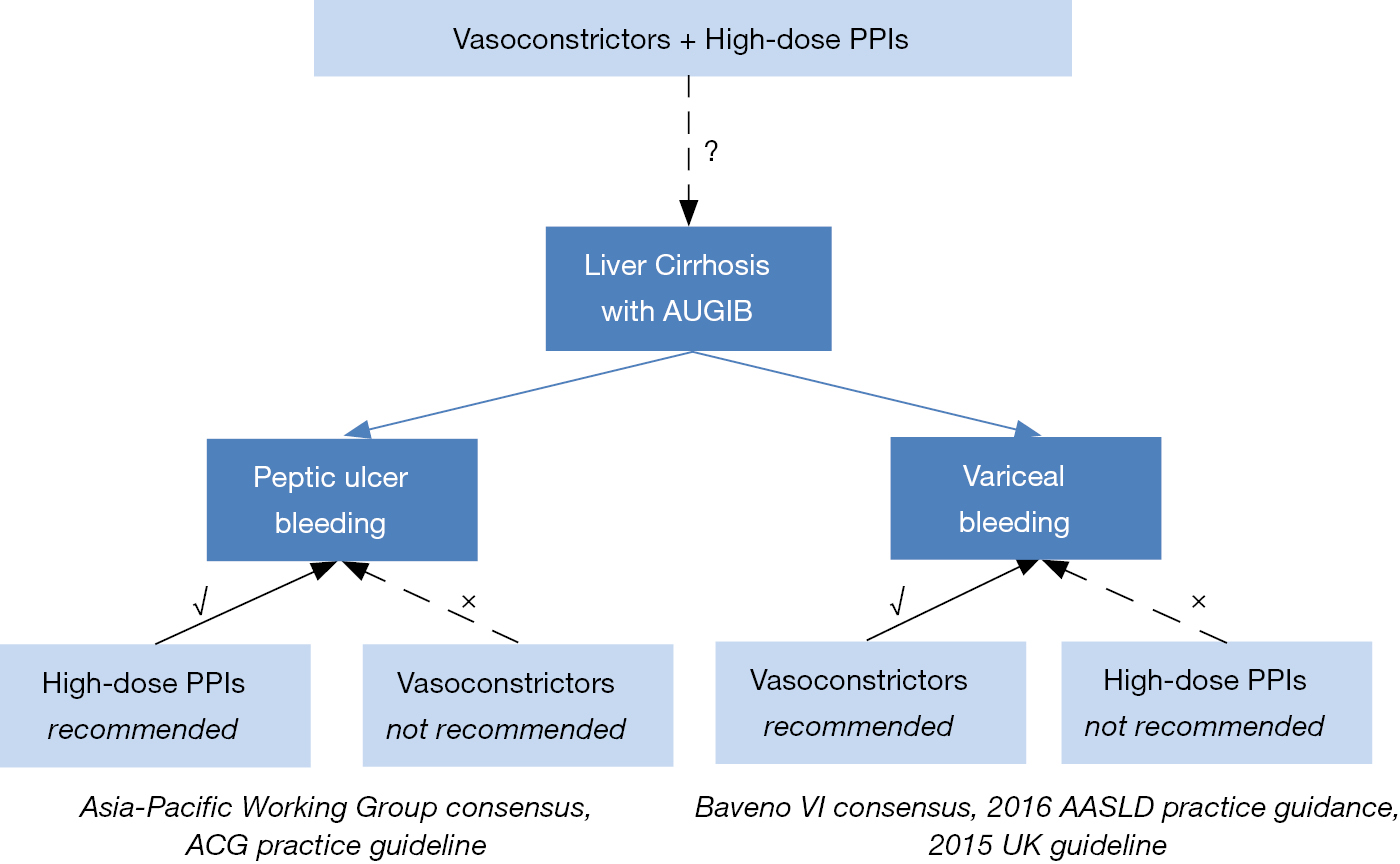



Vasoconstrictors In Combination With Proton Pump Inhibitors As An Initial Treatment Of Acute Upper Gastrointestinal Bleeding In Liver Cirrhosis Is It Evidence Based Gao Annals Of Translational Medicine




The Adult Survivor With Variceal Bleeding Abraldes 14 Clinical Liver Disease Wiley Online Library



1




Pdf sld Practice Guidelines Management Of Primary Biliary Cirrhosis Semantic Scholar




Practice Guidelines sld




Medical Grand Round Disease Review Ppt Video Online Download




sld Guidelines Varices 17
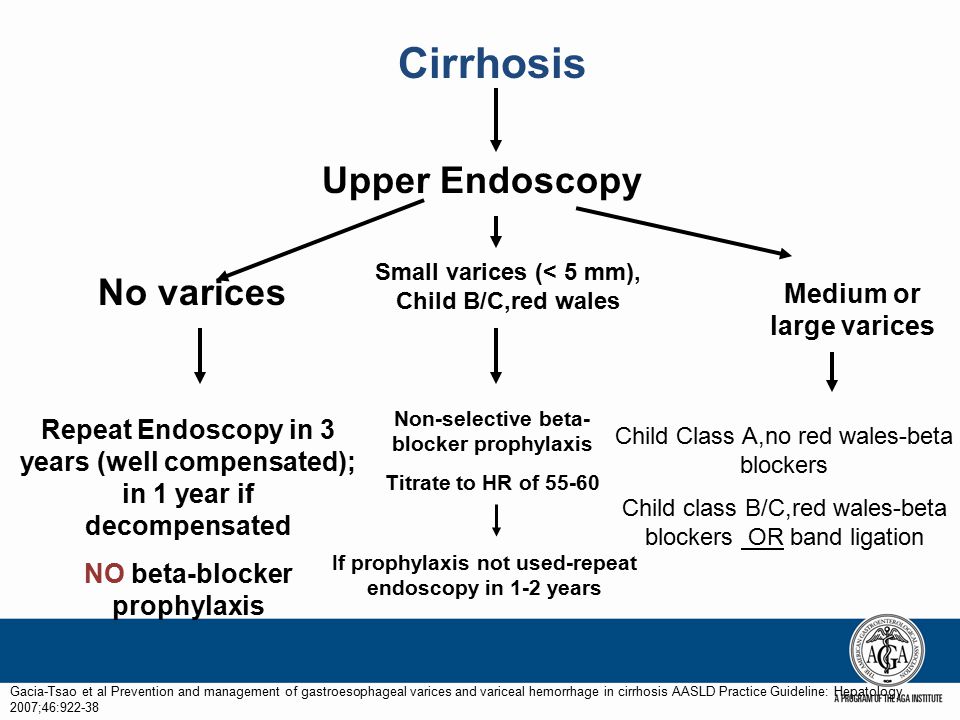



Cirrhosis Management A Case Based Approach To Disease Management Ppt Video Online Download
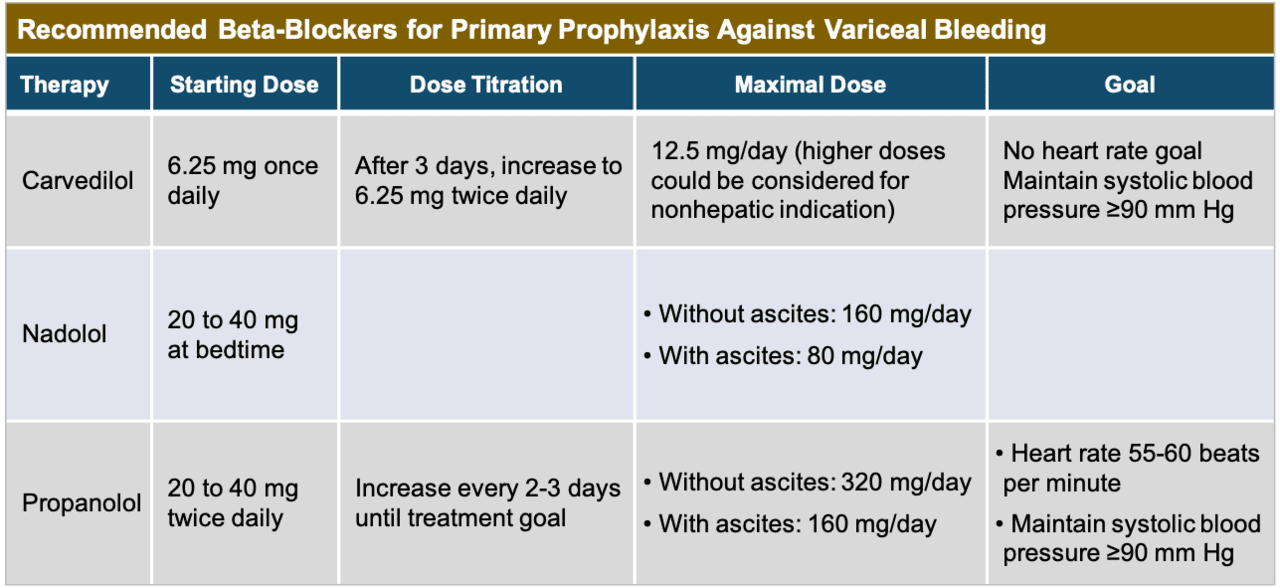



Screening For Varices And Prevention Of Bleeding Core Concepts



sld Guidelines Varices




Diagnosis And Management Of Wilsons Disease Richa Shukla
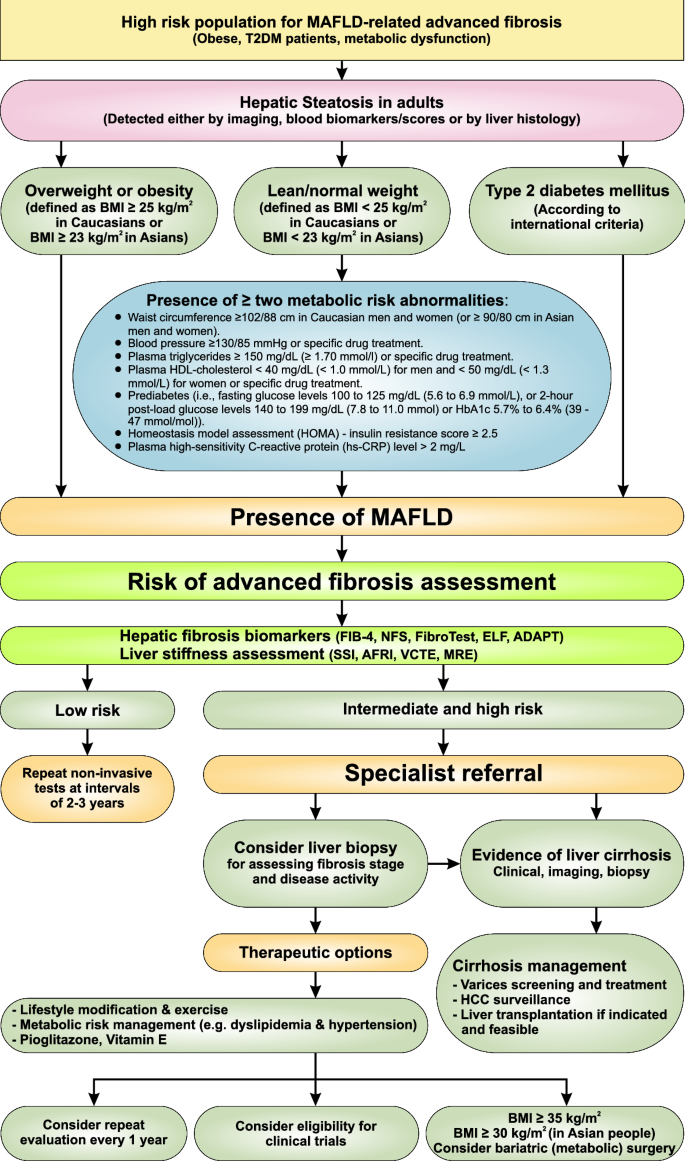



The Asian Pacific Association For The Study Of The Liver Clinical Practice Guidelines For The Diagnosis And Management Of Metabolic Associated Fatty Liver Disease Springerlink




Baveno Vi Criteria And Spleen Stiffness Measurement Rule Out High Risk Varices In Virally Suppressed Hbv Related Cirrhosis Journal Of Hepatology




Diagnostic Algorithm For Suspected Hepatocellular Carcinoma Hcc Of Download Scientific Diagram




Endoscopic Management Of Oesophageal And Gastric Varices Intechopen




Compliance With Practice Guidelines And Risk Of A First Esophageal Variceal Hemorrhage In Patients With Cirrhosis Clinical Gastroenterology And Hepatology




Screening For Varices And Prevention Of Bleeding Core Concepts




Easl Clinical Practice Guidelines For The Management Of Patients With Decompensated Cirrhosis Journal Of Hepatology




Table 2 From Recent Advances In The Management Of Variceal Bleeding Semantic Scholar
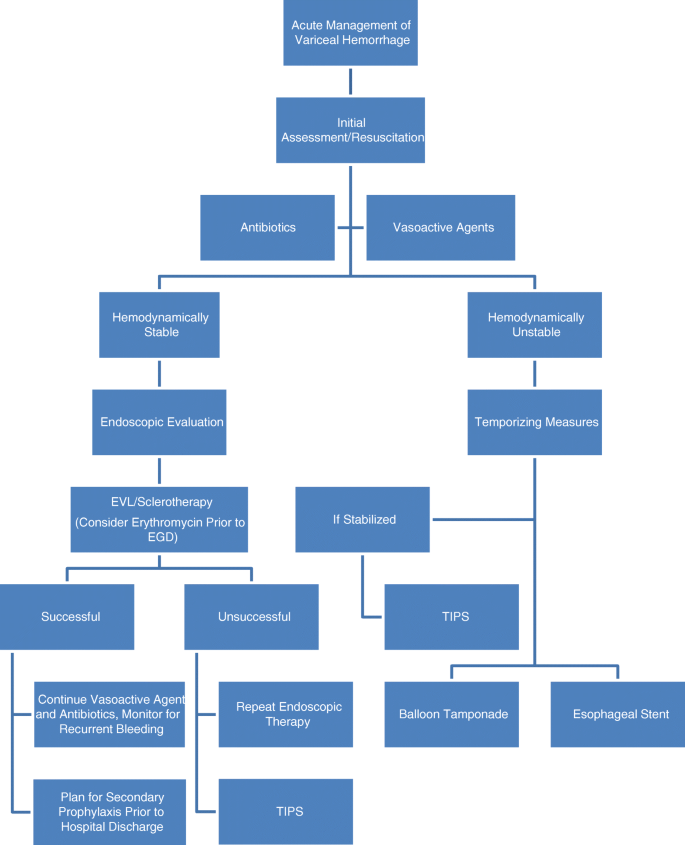



Esophageal Varices Primary Prophylaxis And Prevention And Management Of Rebleeding Springerlink




sld Guidelines Varices



0 件のコメント:
コメントを投稿